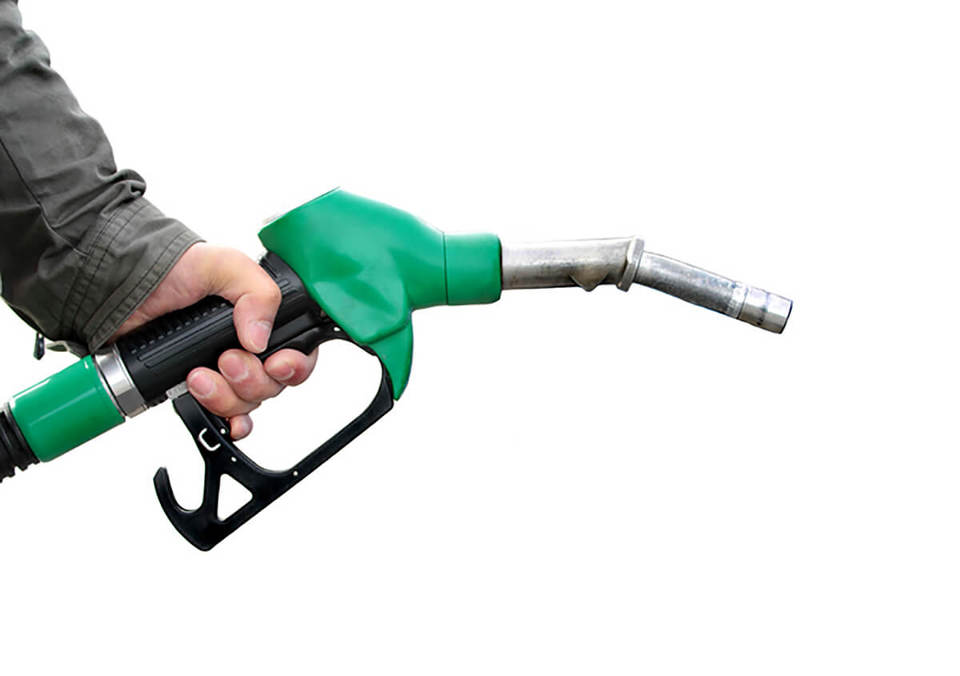Fleet company OVL Group has created a new guide to saving fuel.
The company says filling up your tank during sub-zero temperatures and avoiding forecourts where tankers are replenishing the petrol and diesel bunkers. The automotive sector is the only industry where fuel can be purchased without any consideration of its temperature and that warm petrol and diesel are more expensive.
Managing director of OVL, Martin Wedge, said: “In aviation, fuel temperature as it is pumped into the aircraft fuel tank is monitored and used along with volume to work out the price. Warm fuel is more expensive than cold fuel because you get less of it. In reality the underground storage helps to keep its temperature constant, but there are seasonal differences.
“It is simply impractical and not cost-effective to only buy car fuel in the winter, but it is a consideration to fill up on the sub-zero days because the tank will simply deliver more miles,” he added.
Wedge, who is looking to triple the size of OVL’s fleet in the next decade, said that many fuel saving guides focus upon well established tips including the monitoring of tyre pressures and more careful use of air conditioning, but there are other less well known guidelines that can get better value for money on fuel and avoid damage to your vehicle’s engine.
“If you see the tanker in the forecourt, drive on to the next garage. This is because there is huge turbulence caused by the bulk drop off of fuel into large tanks stirs up the muck, sand and water at the bottom, you are then buying fuel with some additives you don’t want.”
Wedge argues that there is also a lot of driver mythology around fuel saving, including coasting down hills in neutral. He said all engines need fuel to idle, but most modern engines run a system of over-run fuel cut, so if the car is pushing the engine it is using no fuel at all. If the engine is idling in neutral while you zoom down hill, it is using fuel so don’t turn it off and coast.
Yes, it will not be using fuel, but it is dangerous as it won’t be running your power steering and servo brakes, not to mention ABS, and ESC, if you have it. Also, for the really accident prone, it might just lock the steering. In addition, the subsequent re-start will put the fuel system through a start-up sequence using more fuel,” he said.

















Login to comment
Comments
No comments have been made yet.